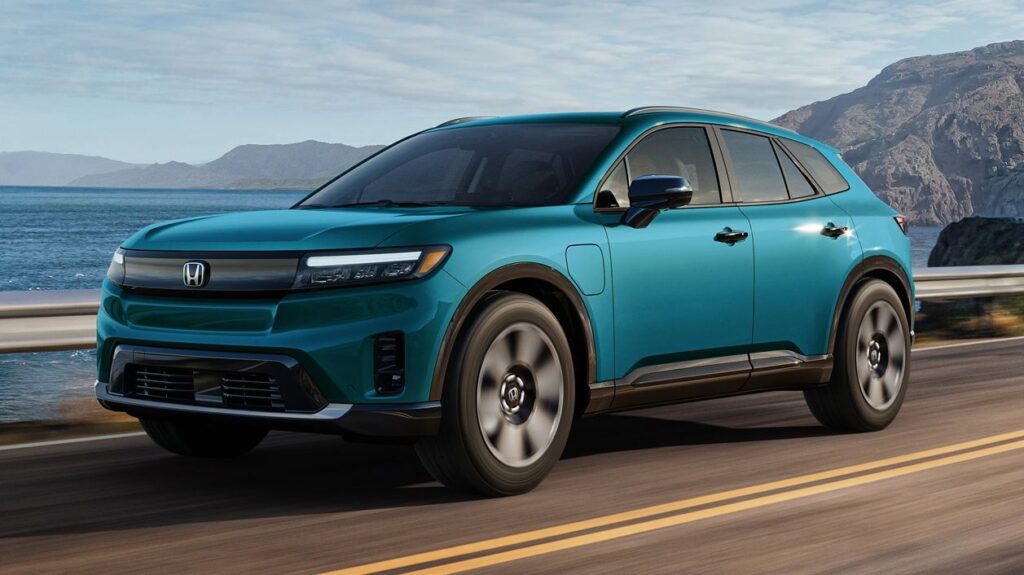When the Big Beautiful Bill passed on July 4 of this year, we learned the current EV tax credit for new and used EVs would be ending on September 30, 2025. As it turns out, though, some recent clarification by the Internal Revenue Service (IRS) reveals there’s a little wiggle room with that end date. It was previously assumed that an EV buyer had to take delivery of their vehicle by September 30, but the IRS now says that just having a binding contract in place by then will do.
This is great news for procrastinators, as well as EV shoppers looking for a vehicle in high demand that may not be readily available for delivery. The IRS does note, however, that the binding contract must include a “nominal down payment or a vehicle trade-in” and that a person can’t apply for the tax credit until they actually take possession of the car.
How To Get Your $7,500 EV Tax Credit
Thanks to the Inflation Reduction Act, the current EV tax credit program does not require waiting until you file your taxes to receive the benefit. Car dealerships are able to apply the $7,500 credit for new EVs and $4,000 credit for used EVs at the point of purchase.
Not all EVs are eligible for the current tax credit, however. An EV must be assembled in North America and be priced at less than $55,000 for cars and $80,000 for SUVs and trucks. If you want the full $7,500 tax credit for new EVs, your car’s battery must also contain a certain percentage of components that are manufactured or assembled in North America. The percentage changes every year, and more components from certain countries, such as China, are excluded over time, as well. The best way to check if an EV is eligible for the full tax credit, half the credit, or no credit at all is to visit fueleconomy.gov.
New EV Tax Credit Requirements
- EV assembled in North America
- Priced below $50K for cars and $80K for SUVs and trucks.
- A certain percentage of battery components manufactured or assembled in North America.
- $300K income cap for married couples filing jointly, $225K for heads of households, and $150K for all others.
- Pro Tip: Lease an EV to avoid every requirement and still receive the tax credit.
But wait, there’s more. There are also income caps on the EV buyer. For new vehicles, the caps are $300,000 for married couples filing jointly, $225,000 for heads of households, and $150,000 for all other filers. These amounts are your modified adjusted gross income, which doesn’t include deductions and isn’t the same as your taxable income.
As for used EVs, the $4,000 tax credit can be applied to any EV that’s at least two years old and sold for less than $25,000. There’s also a loophole for leased EVs; the $7,500 new EV tax credit can be applied to the lease of any EV regardless of where it’s made, where its battery components come from, or the buyer’s income.
TopSpeed’s Take
Despite the current administration’s many and varied attempts to repeal federal support of the electric vehicle market and charging infrastructure in this country, it’s highly likely they will survive. And while it’s a bummer that EV tax credits are ending, giving buyers some flexibility on the end date is welcome news.
What we expect to happen is that EV sales will accelerate sharply in the months and weeks leading up to September 30. After that, they’ll crater, but only temporarily.
Once a few months pass, sales should begin to climb again, thanks in large part to a new generation of EVs on the market that are cheaper, have better range, and charge faster than their predecessors. These include cars such as the new Nissan Leaf, the return of the Chevrolet Bolt, and the Kia EV4. The EV tax credit was an important tool to help EVs take hold in the U.S. market, but we’re fast approaching the point where they can support themselves without that carrot.
Read the full article here



